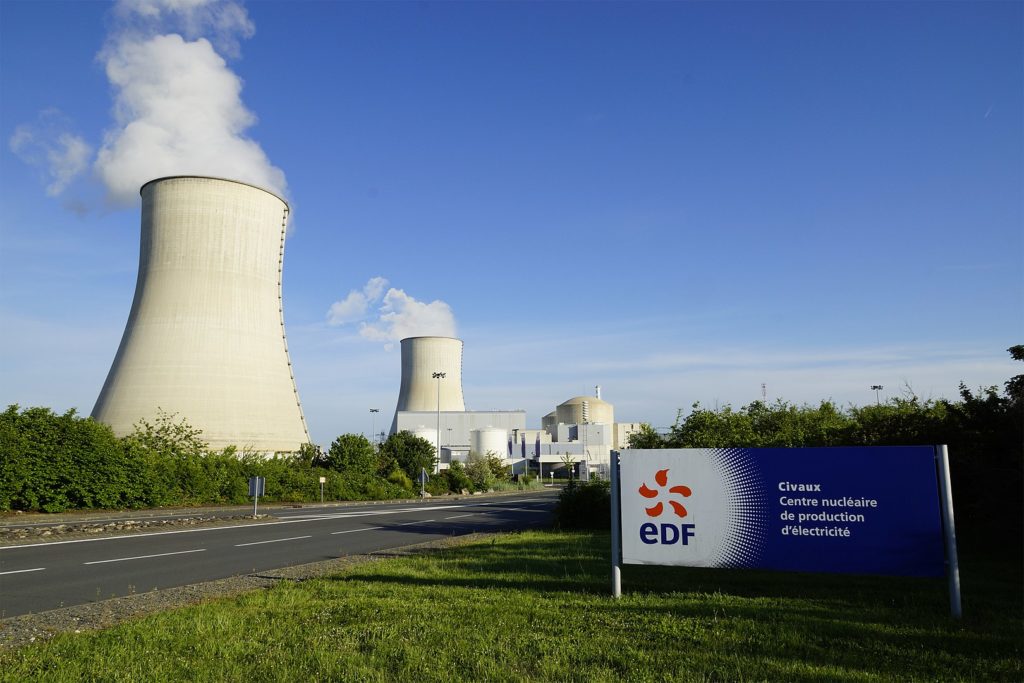The French electric utility company EDF, in the red zone, announces a vast savings scheme
The EDF Group will undertake major asset disposal, after a net loss of €700 million related to the health crisis.

With a net loss of €700 million, Électricité de France (EDF) announced, on Thursday, July 30, a vast savings and divestment plan to offset the effects of the health crisis on its activity. The electricity company wants to reduce its operating costs – related to the running of its infrastructure – by €500 million and to undertake around €3 billion in new divestments by 2022.
“We will adjust the group’s workforce by not replacing all departures and by facilitating the mobility of employees to higher-potential activities for those who would be in lower-potential activities,” explains Jean-Bernard Lévy, the group’s CEO. This project aims to provide liquidity to EDF, which is indebted for over €42 billion.
EDF nuclear power generation shaken by the health crisis
Part of these decisions is linked to lower nuclear generation because of declining demand, which affects electricity distribution and supply activities. During the lockdown, the shutdown of an extensive part of the French economy caused a 15-20% drop in electricity consumption. Since the beginning of the year, nuclear generation has decreased by 29.7 terawatt-hours (TWh) compared to the same period in 2019.
The sanitary crisis has also forced EDF to slow down or postpone construction sites and many maintenance operations on nuclear reactors, disrupting the schedule of a branch already affected by many delays. However, these operations are essential. French nuclear power plants are subject to “ten-year” inspections, which are necessary to extend the service life of the reactors.
READ ALSO – Renault : the latest financial results look disastrous
These require long outages, but also major investments to meet the requirements of the Nuclear Safety Authority (Autorité de sûreté nucléaire – ASN). EDF explained in its half-yearly results that ongoing discussions with the ASN could lead to additional investments in the coming years under this scheme.
The postponement of plant unit outages in 2020 will also affect the maintenance agenda for the years 2021 and 2022 (for which the nuclear production forecast is estimated at between 330 and 360 TWh each year). The consequences of this disturbance are significant: the company forecasts that its nuclear generation will be in sharp decline over the entire year. Over the last semester, the drop in nuclear generation was only partially counterbalanced by the increase in hydropower generation (+5.6 TWh), because of suitable weather.
More investment in renewable energies
EDF’s renewable energies division has enjoyed the priority given to these sources on the electricity distribution networks. Its revenues reached €770 million and rose by 5% compared to the previous half-year. This is a bright spot for the group, which is increasing its investments in solar and wind power.
Evidence of this is the contract that EDF has won for the Al-Dhafra photovoltaic power plant project in Abu Dhabi, United Arab Emirates, which intends to be “the most powerful solar power plant in the world”, with an installed capacity of 2 GW, the equivalent of supplying 160,000 local households each year. Another example is the launch, at the beginning of June, of the construction of its second 500 megawatt (MW) offshore wind farm in Fécamp (Seine-Maritime).